Finding the perfect rehearsal space can be a daunting task for musicians, theater groups, and performers of all kinds. Whether you're a local band preparing for a gig or a dance troupe polishing a routine, the right space can make all the difference. But with so many options available, how do you determine which rental offers the best value for your money? This guide dives into the key factors that define a rehearsal room's true cost-effectiveness, helping you make an informed decision without breaking the bank.
Location plays a pivotal role in determining the overall affordability of a rehearsal space. A downtown studio might seem convenient, but the premium price tag often outweighs the benefits if you're on a tight budget. On the other hand, spaces located in industrial areas or slightly outside the city center tend to offer more square footage for less money. Consider transportation costs and time—what you save in rent might be spent on gas or ride-shares if the space is too far out of the way. The sweet spot is usually a balance between accessibility and cost, where the space remains practical for all members without draining your funds.
Soundproofing quality is another critical factor that many renters overlook until it's too late. A cheap space might seem like a steal until you realize the walls are paper-thin, forcing you to keep volumes low or deal with noise complaints. High-quality sound insulation ensures you can rehearse at full intensity without disturbances, making it worth the extra investment. Some studios offer tiered pricing based on soundproofing levels, so assess your group's needs—do you really need a fully isolated room, or will moderate dampening suffice? Remember, a space that doesn’t meet your acoustic requirements is a waste of money, no matter how affordable.
Equipment availability can drastically affect the total cost of your rental. A bare-bones room might have a lower hourly rate, but if you need to bring in your own PA system, microphones, or drum kits, the expenses add up quickly. Many mid-range studios include backline gear, stands, and even recording setups, which can save you both time and money in the long run. Always compare what’s included versus what you’ll need to provide yourself. Sometimes, paying a slightly higher rate for a well-equipped space is far more economical than piecing together your own setup.
Flexibility in booking terms can also impact the overall value of a rehearsal space. Some studios enforce strict minimum hours or require long-term commitments, which might not suit independent artists or groups with irregular schedules. Look for venues that offer pay-as-you-go options or discounted bulk packages if you rehearse frequently. Cancellation policies matter too—life happens, and you don’t want to lose money on sessions you can’t attend. A space with reasonable terms tailored to real-world unpredictability often proves more cost-effective than one with rigid, inflexible rules.
Don’t underestimate the importance of ambiance and comfort. A room with poor lighting, no ventilation, or an unwelcoming vibe can hinder creativity and make rehearsals feel like a chore. While these elements might not seem directly tied to cost, they affect productivity—meaning you might end up spending more hours (and more money) to achieve the same results. Studios that invest in a pleasant environment often justify their slightly higher rates by fostering better focus and efficiency. It’s not just about the price per hour; it’s about what you accomplish during that time.
Lastly, hidden fees can turn a seemingly great deal into a financial burden. Always ask about additional charges for things like parking, after-hours access, or equipment damage waivers. Some studios advertise low base rates but tack on mandatory fees that inflate the total cost. Request a full breakdown of pricing before signing anything, and read reviews to see if other renters have encountered unexpected expenses. Transparency is key to avoiding nasty surprises and ensuring you’re truly getting the best bang for your buck.
In the end, the most cost-effective rehearsal space isn’t necessarily the cheapest one—it’s the one that aligns with your specific needs while minimizing unnecessary expenses. By weighing factors like location, sound quality, equipment, booking flexibility, comfort, and hidden costs, you can find a space that enhances your creative process without straining your budget. Take the time to visit multiple options, ask questions, and even test a session if possible. The right space won’t just save you money; it’ll elevate your rehearsals and, ultimately, your performance.

By /Aug 5, 2025
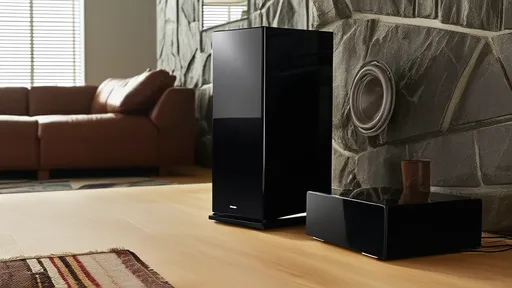
By /Aug 5, 2025

By /Aug 5, 2025
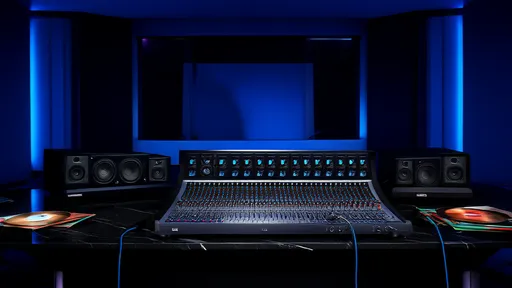
By /Aug 5, 2025

By /Aug 5, 2025

By /Aug 5, 2025

By /Aug 5, 2025
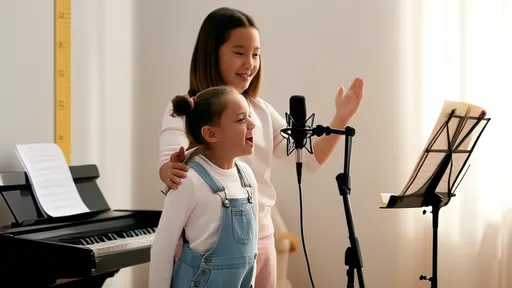
By /Aug 5, 2025

By /Aug 5, 2025

By /Aug 5, 2025
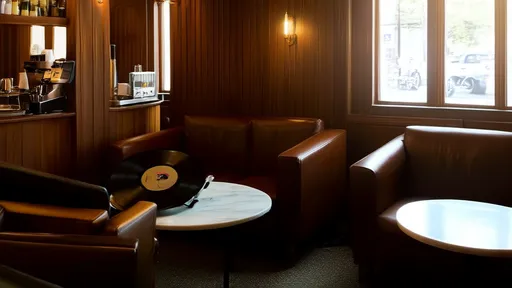
By /Aug 5, 2025

By /Aug 5, 2025

By /Aug 5, 2025

By /Aug 5, 2025

By /Aug 5, 2025
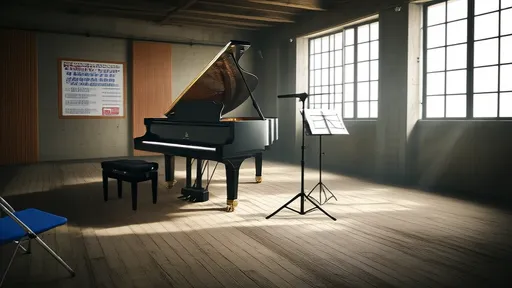
By /Aug 5, 2025
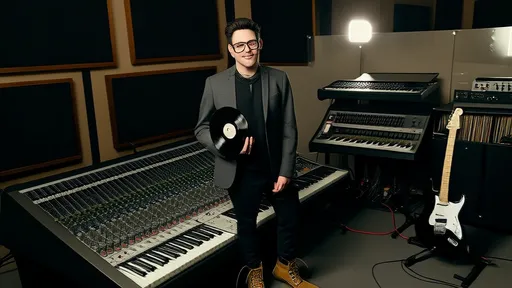
By /Aug 5, 2025

By /Aug 5, 2025

By /Aug 5, 2025

By /Aug 5, 2025